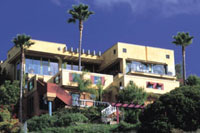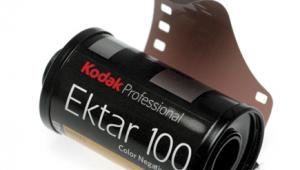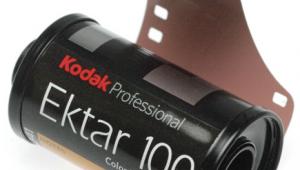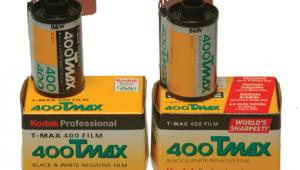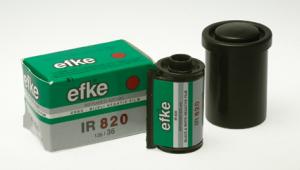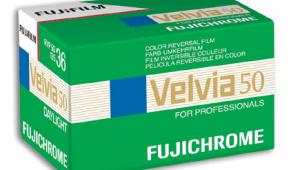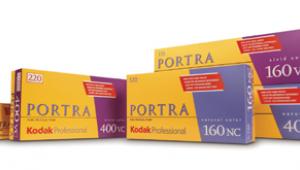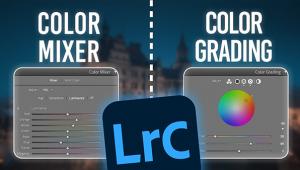Agfachrome RSX II 100 And CT Precisa 100
Although the slide films
of early 1998 were already excellent, the "big three" manufacturers
continue to enhance their emulsions. Agfa for example had a winner with
its Agfachrome RSX 100 Professional, which won the prestigious European
Photo Awards' "Color Slide Film of the Year" ('95-'96).
Even so, its designers have not been resting on their laurels. In the
spring of '99, they released an improved version--RSX II 100 Professional--as
well as its consumer counterpart, CT precisa 100. Citing "even
greater precision, perfection, and accuracy," Agfa has high hopes
for these new products in the fiercely competitive market. |
||||
· More exact linearity
of the color density curves for more faithful color rendition. "Both
strong and soft shades are reproduced even more accurately." |
||||
· The "Pro"
RSX II film "made with extremely narrow production tolerances to
ensure maximum consistency as required by professionals" does not
require refrigeration except in hot/humid conditions. |
||||
· Overall color balance
is very neutral with a very slightly warm effect. Some older Agfa films
had a reputation for a "very warm" balance, and for favoring
pastels, but this is no longer the case. Whites are exceptional: pure
and clean without any color caste. This is an improvement over the previous
RSX and precisa films; these new versions would be perfect for snowy winter
scenes, for example. |
||||
Pushability. When
rated at an EI of 200 (specifying a "one stop push" for extended
processing by the lab) these films really shine. I'm hard pressed
to tell the difference between the two sets of slides. In all aspects,
the films retained their usual characteristics. A very slight increase
in contrast--ideal in flat, overcast light--is noticeable, but color,
sharpness, and grain remain very similar to the ISO 100 slides. These
films are excellent candidates for push processing to an EI of 200 whenever
a faster shutter speed is required for action photography, increased flash
range, or for handheld work. |
||||
Conclusion. Unlike
negative films whose characteristics are heavily affected by the printing
process, the "personality" of each transparency film is more
distinct. Consequently, slide shooters have a greater ability to select
those that meet their own set of preferences. In a nutshell, the new Agfachromes
are multi-purpose emulsions, suitable for a broad variety of subject matter.
They do have clear strengths in some areas, as discussed earlier, but
are not intended to fill some narrow niche. |
||||
Do note that RSX II is also
available in an ISO 50 and 200 version while CT precisa also comes in
ISO 200. These were not tested, but all were upgraded as well. Although
RSX II and CT precisa are nearly identical, the pro film is released at
its aim point for optimum film speed, contrast, color rendition, and "pushability."
For assurance that the film will exactly meet all manufacturer's
specs, or for "pushing" it more than a stop, stick with RSX
II 100. But for travel photography and hobby applications, the more affordable
CT precisa 100 should satisfy most needs. |
||||
Comments On RSX II 100 And Skin Tones by Bob Shell My concern with good skin tones
in my photographs is well-known and long-standing. I have always liked
the way the original Agfa RSX 100 handled skin tones while still providing
a neutral color rendition of most other subjects. I took my samples of
the new Agfa RSX II 100 with me to Nevada late last year for testing.
|
||||
|
|
|||
- Log in or register to post comments






